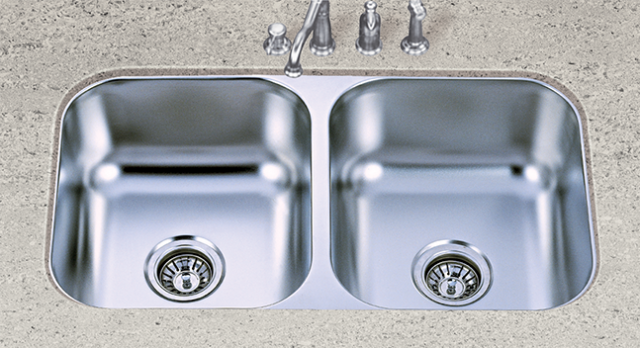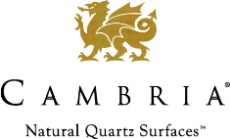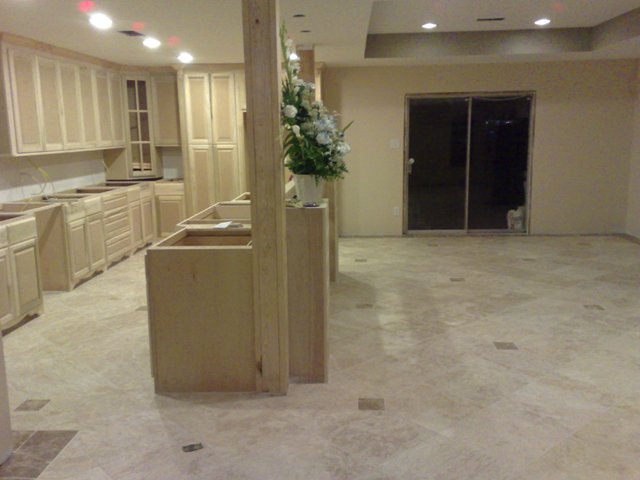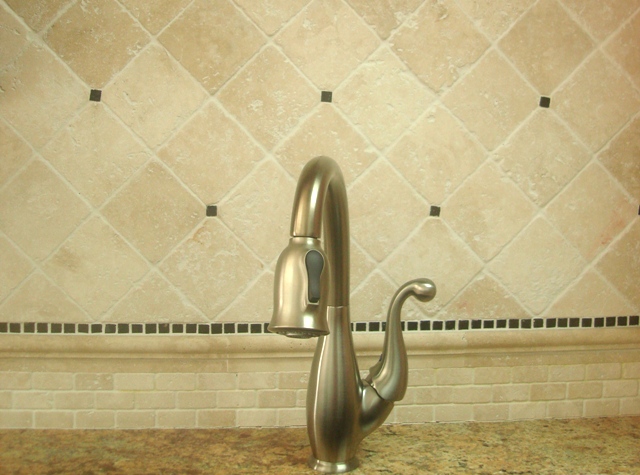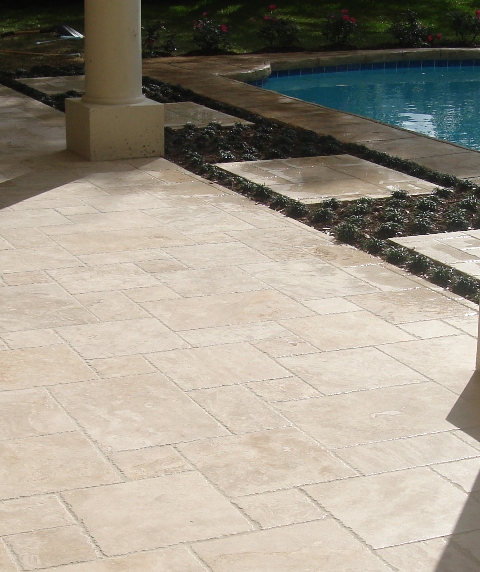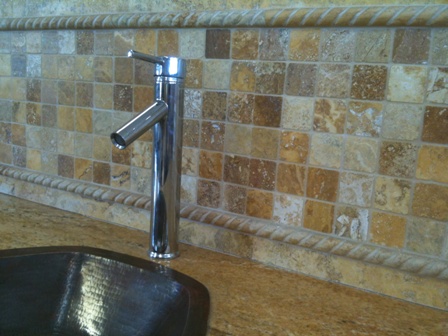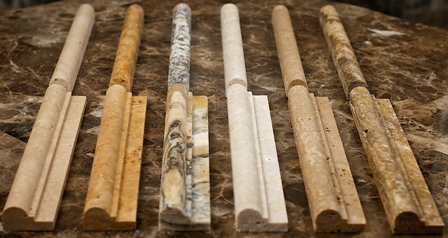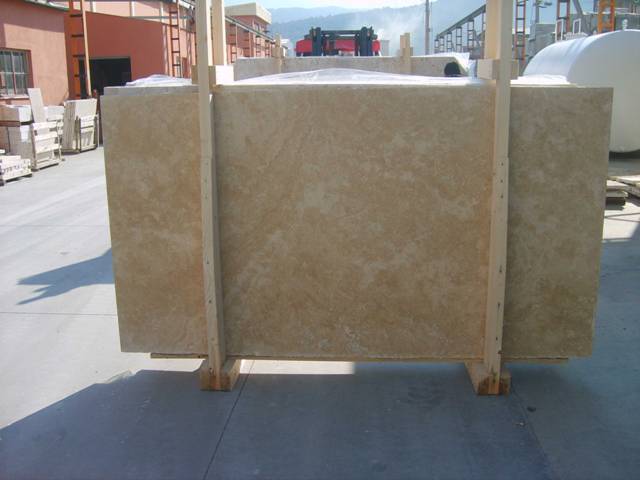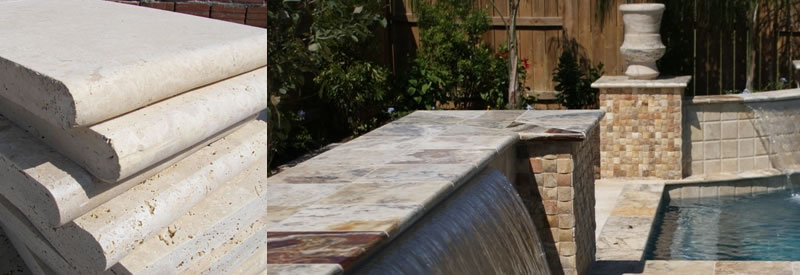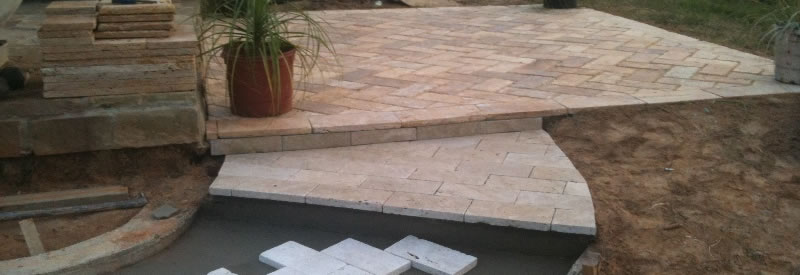|
Your cart is empty. Sponsors
|
Travertine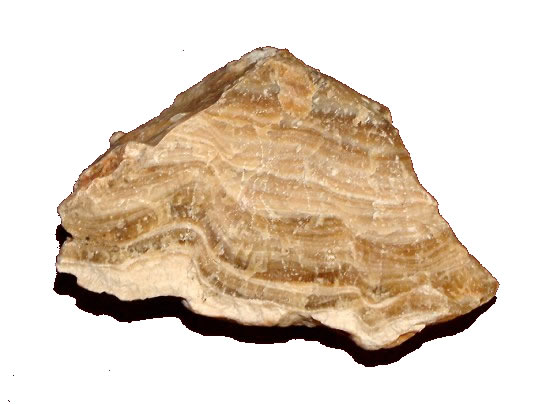 Modern travertine is formed from geothermally heated supersaturated alkaline waters, with raised pCO2 (see partial pressure). On emergence, waters degas CO2 due to the lower atmospheric pCO2, resulting in an increase in pH. Since carbonate solubility decreases with increased pH,[3] precipitation is induced. Supersaturation may be enhanced by factors leading to a reduction in pCO2, for example increased air-water interactions at waterfalls may be important,[4] as may photosynthesis.[5] Precipitation may also be enhanced by evaporation in some springs. Both calcite and aragonite are found in hot spring travertines, aragonite is preferentially precipitated when temperatures are hot, while calcite dominates when temperatures are cooler.[6][7] When pure and fine, travertine is white, but often it is brown to yellow due to impurities (other than carbonate minerals). Travertine forming at Jupiter Terrace, Fountain Geyser Pool, Yellowstone National Park. Photo by Ansel Adams, 1941.Travertine may precipitate out directly onto rock and other inert materials as in Pamukkale or Yellowstone for example. Travertine may also precipitate out onto growing moss as happens a great deal in Plitvice Lakes
|
Inspired By Nature

